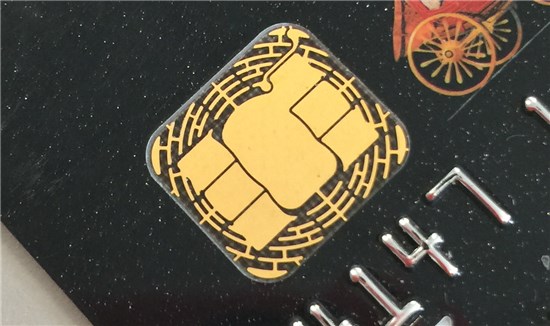
Sept. 9, 2015
On Oct 1, businesses–including healthcare practices–will be required to process credit cards equipped with EMV microchip technology. If credit card fraud occurs in your practice after failure to process the EMV technology in a credit card, liability will shift from the bank or credit card company to your practice.
According to CHASE paymentech: “With the liability shift, if a chip card is presented to a merchant that has not adopted a terminal that is certified for chip card acceptance, liability for counterfeit fraud may shift to the merchant’s acquirer – who may then pass this fee back to the merchant. The liability shift encourages chip adoption since any chip-on-chip transaction (chip card read by a chip certified terminal) provides the dynamic authentication data that helps to better protect all parties. In addition, if a counterfeit magnetic stripe card is presented at a chip certified terminal, the liability for the counterfeit fraud will be the responsibility of the card issuer.”
EMV chip technology features payment instruments (cards, mobile phones, etc.) with embedded microprocessor chips that store and protect cardholder data. This standard has many names worldwide, and may also be referred to as: “chip and PIN” or “chip and signature.”
Businesses are responsible for purchasing a point-of-sale system, such as CHASE’s iCT250, or updating the current POS system, so it is capable of reading EMV technology.
CHASE paymentech has put together a handy EMV FAQ page online that details how this change in credit card processing will impact your practice.
Here are three key recommendations from CHASE for readying your practice for this technology:
Train both employees, as well as patients. EMV acceptance is very different than the traditional magstripe (the card is inserted into the terminal as opposed to swiped, for example), so be sure everyone is familiar with the new requirements to make the customer experience as smooth as possible.
Don’t wait to migrate. You may begin to feel the pressure once the EMV card migration starts to reach its critical mass – with issuing banks beginning to issue chip cards to new and existing customers. Businesses that have not already migrated to EMV may consequently have to answer to their customers as to why they have to continue to swipe their new chip cards – especially when the market presents chip technology as the safer way to pay. Don’t wait until the last minute to migrate your business.
Create implementation plan. When planning on how to update your systems to support this change, you will want to take a hard look at the cost vs. benefits of EMV. In some cases, fraud prevention alone may not deliver an acceptable ROI for the effort required to implement this technology. With that, you will want to make sure your new or updated POS system can also deliver other benefits such as providing an update to your network connectivity, offering build-out support for a loyalty or gift card program, or enabling acceptance of contact-less/mobile payment transactions.





















